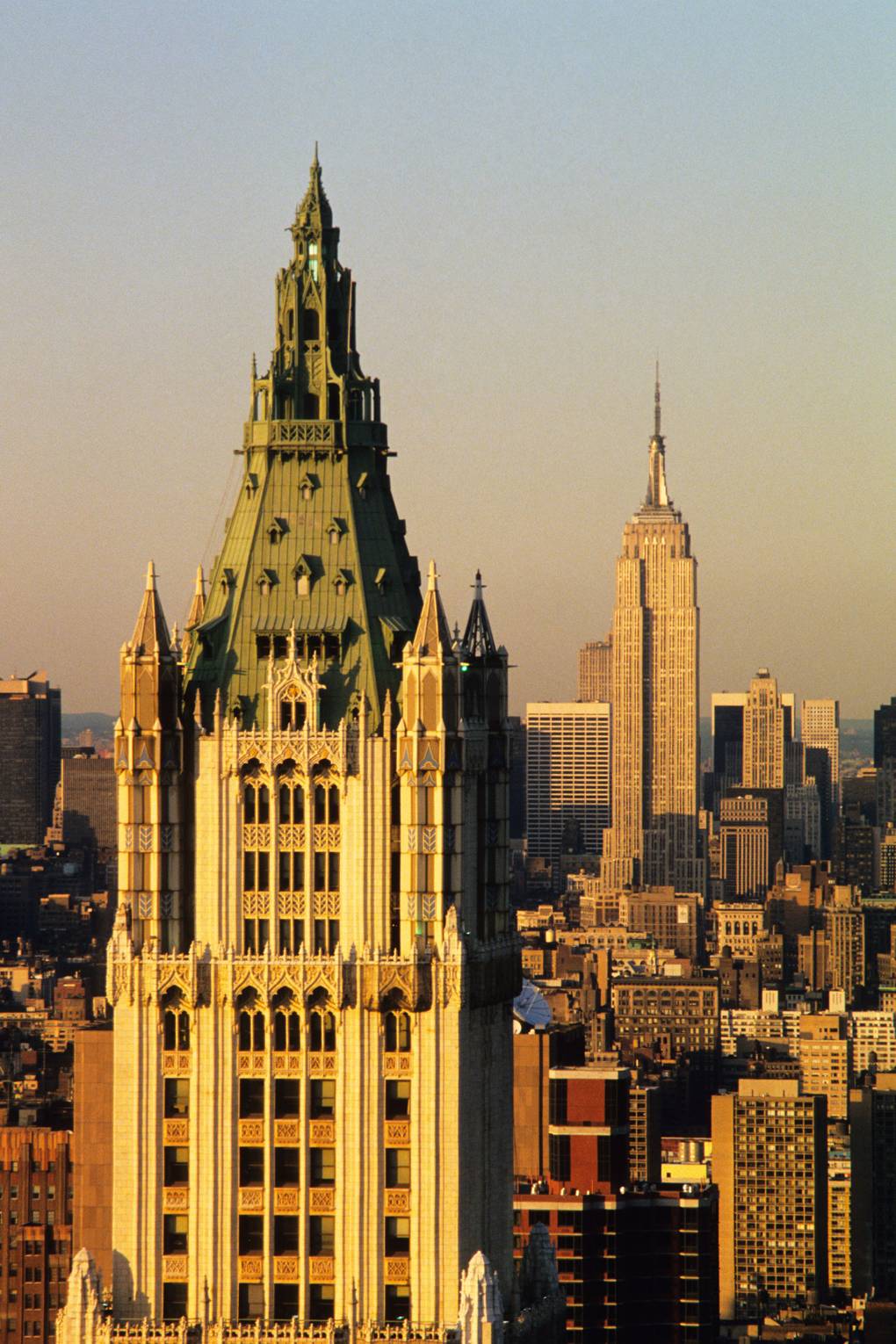Eddie Redmayne’s return as Newt Scamander in Fantastic Beasts: The Crimes of Grindelwald confirms the enduring magical powers of JK Rowling’s Harry Potter universe. It’s a unique and defined world, where wizards and monsters roam in a setting halfway between drab modernity and a vivid past that’s a jumble of medieval, Gothic and Art Deco and which gives every scene a glowing charm.
While much of this universe is created in Warner Bros’ Leavesden Studio and via the modern wizardry of CGI, there are ventures out into the real world. For the latest film, it was London.
Highgate Cemetery, in the north of the city, provided the entrance to the Parisian catacombs, while the south gave us the exterior of Scamander’s beast-filled home in St Mary’s Gardens and also a scene on nearby Lambeth Bridge (pictured) – previously seen in the journey of the ghostly Knight Bus in 2004’s Harry Potter and The Prisoner of Azkaban, as well as at the climax of James Bond caper SPECTRE.

There’s also a sighting of Leadenhall Market in the City (pictured above) – as a French market rather than its original role in the Potter universe as the location for Diagon Alley – but most of the excitement comes from a return to Hogwarts.

For this, the production shot exteriors at Lacock Abbey (pictured above) in Wiltshire, the 16th-century stately home also featured in Downton Abbey and the 1995 Colin Firth version of Pride & Prejudice.

The venue provided classrooms (including Prof Snape’s) from the first Potter film onwards, but it was just one of many locations for the school of wizardry: the vaulted cloisters of Gloucester Cathedral were the corridors leading to Gryffindor; Durham Cathedral (pictured) gave us the quad; Alnwick Castle provided the landing strip for the flying car; and Oxford University’s Divinity School was the hospital.

For The Crimes of Grindelwald, the production recreated 1920s Paris onset, just as they had for New York in the original, 2016’s Fantastic Beasts and Where to Find Them. That film drew on the glories of America’s Gilded Age for its set-building, including the Woolworth Building on Broadway (pictured) and the Astor townhouse on Madison Square Park, but also shot in Liverpool. There, the neoclassical columns of St George’s Hall stood in for NY’s City Hall, the Cunard Building provided the exterior of the wizards’ HQ and the interior of Macy’s department store, while the opening scenes were shot in the disused Martins Bank on Water Street.

Merseyside also appeared in The Deathly Hallows Pt 1 (2010), the famous Queensway Birkenhead Tunnel standing in for Dartford Tunnel in Harry and Hagrid’s motorbike chase, but the whole country is rich with real-life Potter venues.
Scotland gave us the wild landscapes around Hogwarts in the shape of the burns and valleys of Glencoe (pictured), with Hagrid’s hut in Clachaig Gully for 2007’s The Order of the Phoenix a highlight, and also the impossibly photogenic Glenfinnan Viaduct near Fort William, the 21 arches of which carry the train seen from the flying Ford Anglia.

